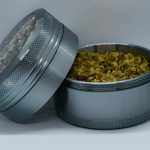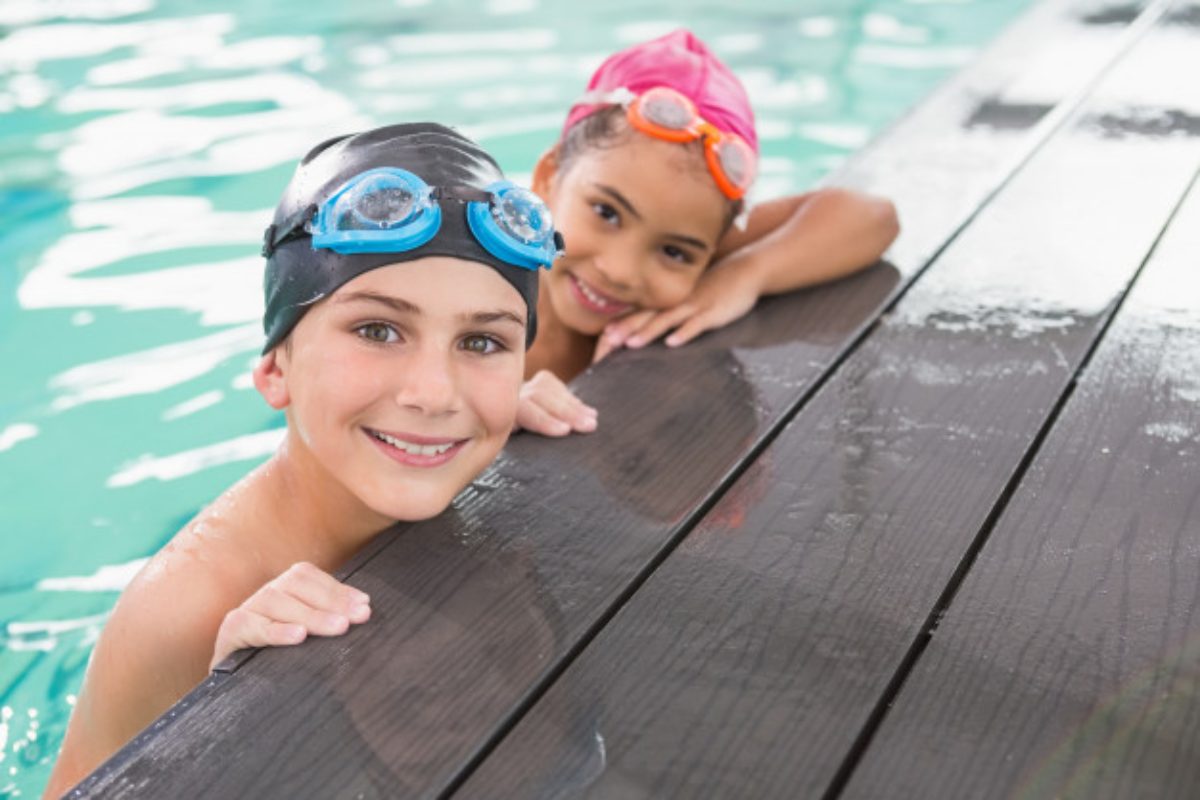Exercises To Start Swimming For Boys And Girls
Swimming is one of the most rewarding sports and is a great exercise for boys and girls to start doing it very young. Swimming has great benefits at all levels, as it improves physical health, promotes emotional well-being, and also promotes socialization. But you have to start with babies, always under the supervision of adults and giving priority to the playful part, to avoid unpleasant experiences in the first contact with water. This practice should be a moment of pleasure when both the child and her parents generate a positive emotional climate and when the monitor serves as support.
Table of Contents
Familiarization
Exercises To Start Swimming For Boys And Girls. Knowledge is the initial process of adaptation in the aquatic environment. Students experience and experience completely different sensations than they experienced in Middle-earth to gain confidence in the water.
It is very important that the water’s first impressions are positive and that the child always feels safe and protected. The age to learn to swim is usually around 4 years since it is during this period when they can develop the necessary coordination skills. However, we can introduce them to the water from a very young age if we constantly accompany them.
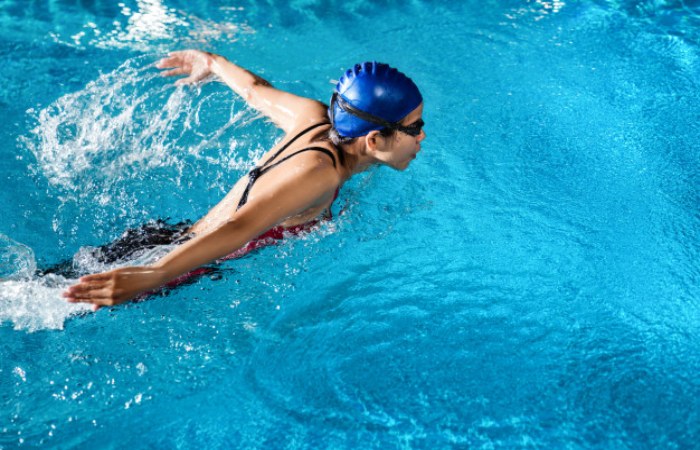
The purpose of familiarization is to know the aquatic environment, know the contact with the body, and start making mistakes. The familiarization phase is considered passed if the child:
- It is able to feel the water in sensitive areas of the body
- Is capable of losing contact with the ground
- He is able to open his eyes underwater
- It can move without a fixed support
The greatest way to learn to swim is through play, and little by little, we should never throw it into the water so that it learns to swim by itself since, in addition to being dangerous, it can cause an unpleasant experience that is difficult to overcome.
Some familiarization exercises could be the following:
- In the corner, shake legs
- Enter the water from the stairs little by little
- Walk in the water
- Pour water on each other
- Pick up objects from the bottom
- Open your eyes underwater
The ideal is to start in the small pool (in a pool that does not cover much and can stand up), and as they become familiar, little by little, we would move on to a pool that covers.
Breathing
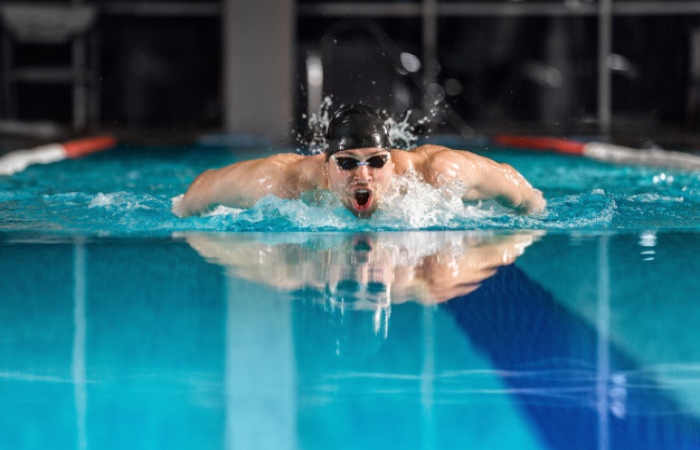
When we are going to practice breathing, we first do the exercises to work with static breathing, and once we do this, dynamic breathing is used.
The first exercises in the water are aimed at practising static breathing and for the child to understand how to retain and release air during diving. To do this, we can practice a bubble game, which consists of inhaling air, submerging the head under the water, and releasing it, thus forming bubbles in the water. We will do this first, and then, grabbing the baby by the arms or armpits, we will force him to do the same. This exercise will help you learn to hold your breath underwater in a fun way. As you gain confidence, you can also do so by holding onto the edge of the pool, but always under our supervision.
Floatation – Exercises To Start Swimming For Boys And Girls
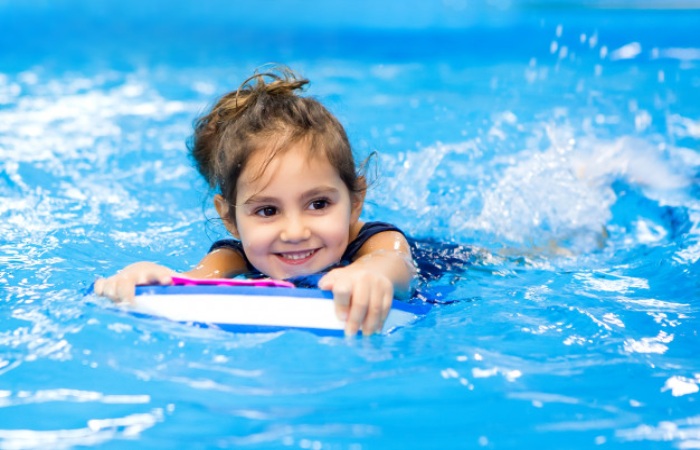
Exercises To Start Swimming For Boys And Girls. Flotation is another quality of water that allows movement that is difficult on land. Boys and girls have low bone and muscle mass. They swim easier, contribute to the displacement of their lower and upper limbs. But the coordination of movements and breathing in water is not an easy task, so it is better to start small.
The sequence of work when working in flotation is as follows:
- Partial float with fixed material (e.g. edge grip)
- Partial float by (ex: partner, observer)
- Use of global float (for example, table, floating)
For example, we can start by practising the legs’ movement, teaching him to kick in the water, which will then help him move. The finest way to do this is to start practising by holding onto the edge of the pool or holding it with your hands or feet. Once he’s confident, we can take a step back while still holding him, so he begins to familiarize himself with swimming in the water. The next step is to do the same floating board exercise, although we must follow these steps since they feel safe while still being a game.
Propulsion – Exercises To Start Swimming For Boys And Girls
Movement is an action that we perform with our upper and lower extremities to overcome water resistance and thus be able to move in liquid.
The hardest part of learning to swim is mastering swimming through arm and leg movements, which a child will naturally learn as he gains confidence in the water. To achieve this, a good exercise is to hold your hands under your stomach to prevent your torso from falling and to make you move your arms and legs as you move around the pool.
Initially, other floating elements are often used in addition to the board for autonomous movements, such as sleeves or afloat. However, it is best to encourage him to leave them little by little and learn to swim and move without them. Otherwise, it may cost you more to get rid of them and hinder your swimming movements.
Once he’s confident, we can start playing ball and float games. A fun exercise can be to throw the ball to reach it, always in the pool where the child is standing. Thus, you can start practising swimming movements without any risk. Before starting to swim, one of the most common methods is doggy style.
Learning to swim takes time and practice, and the best way for a child is to do it playfully. Thus, they will perform sports that are very beneficial for their health, developing coordination, flexibility, muscular strength, and socialization with parents and the other children present in the group. In addition, some studies show that aquatic exercise promotes the development of the nervous system.





